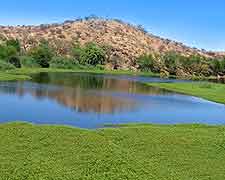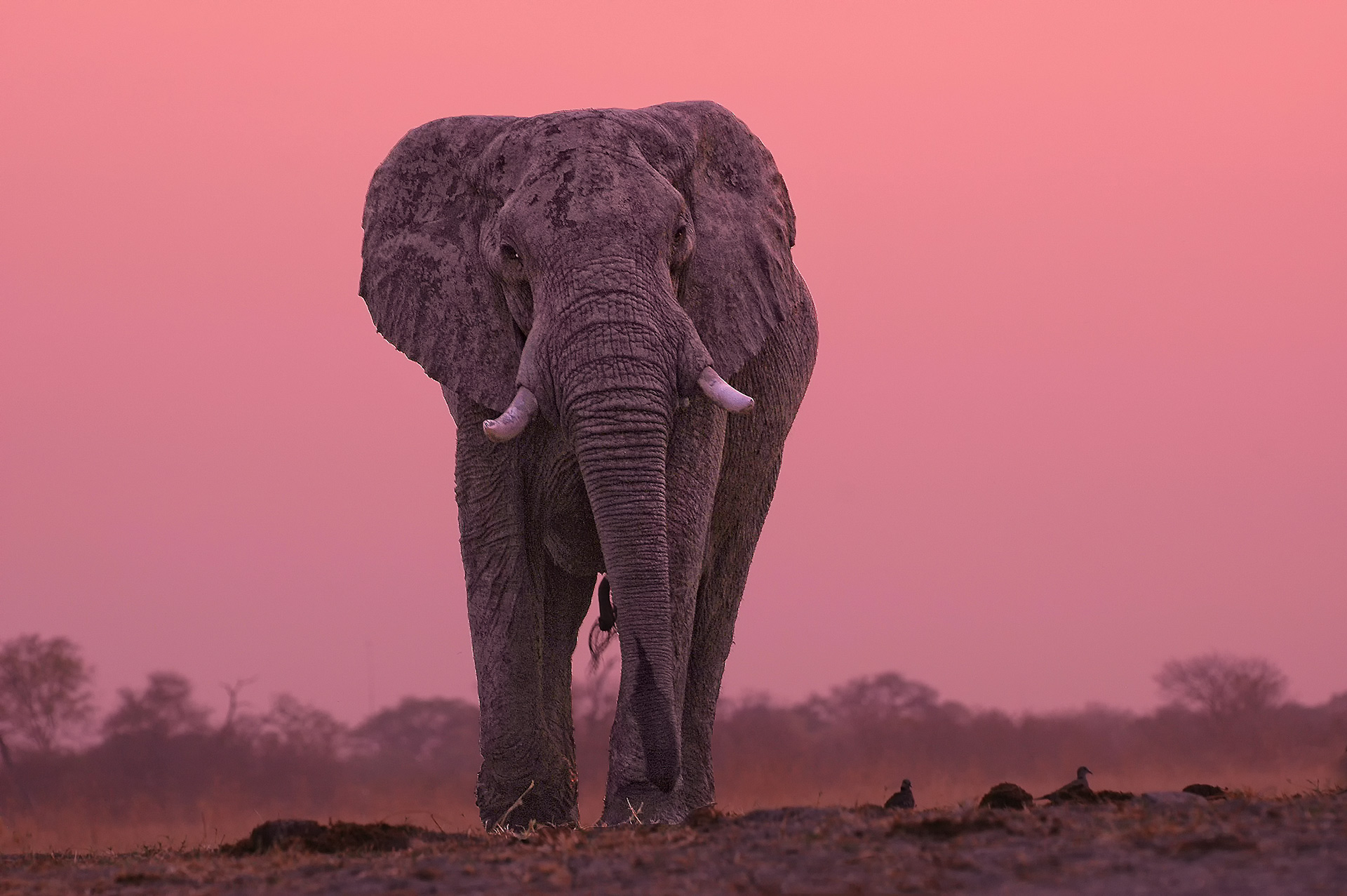


The annual precipitation average of the last 20 years for Windhoek is 370 mm. Usually no rainfall occurs between June and September. The average day temperatures lie at 30° C in January to 20° C in July and between 17° C in January and 7° C in June at night. Due to its altitude of 1700 metres on average (at Windhoek even up to 2000m) this highland has moderate temperatures and average rainfalls. Central highlands around Windhoekīetween the Kalahari in the east and the Namib Desert in the west lies the Namibian central highland with the capital Windhoek in its centre. During the summer months the Caprivi has an average of 8 – 10 rainy days a month, whilst during the months of June to August hardly any precipitation is received. In winter the day temperature rises to a cosy 28° C, but at night the temperature can drop to 7° C or even 1° C. During the summer months the average temperature lies at 35° C during the day, dropping to about 20° C at night. Rivers and swamps are plentiful and dominate the landscape. Here the humidity is also the highest and a hot tropically humid climate dominates, making the region the greenest in the country. The Caprivi Strip (and also the Kavango area) in the northeast has the highest rainfall with up to 600 mm and in the far northeast even up to 800 mm annually. Buffalo in the Mudumu National Park enjoys the Caprivian weather


 0 kommentar(er)
0 kommentar(er)
